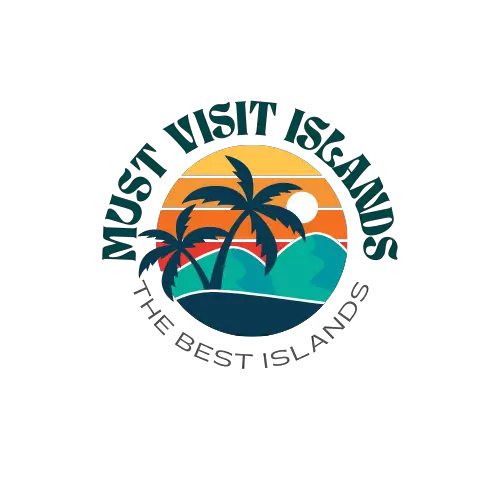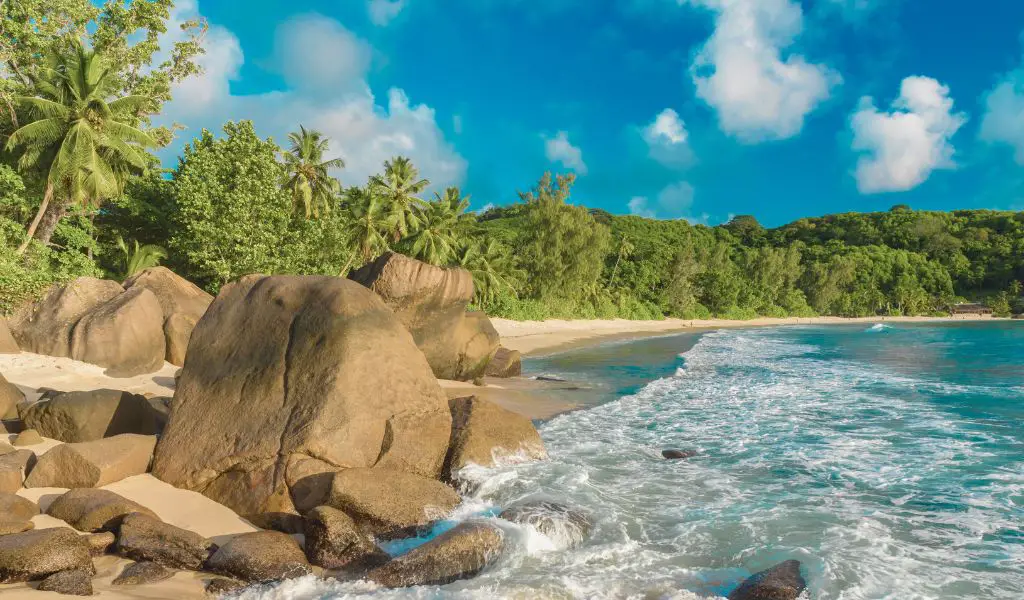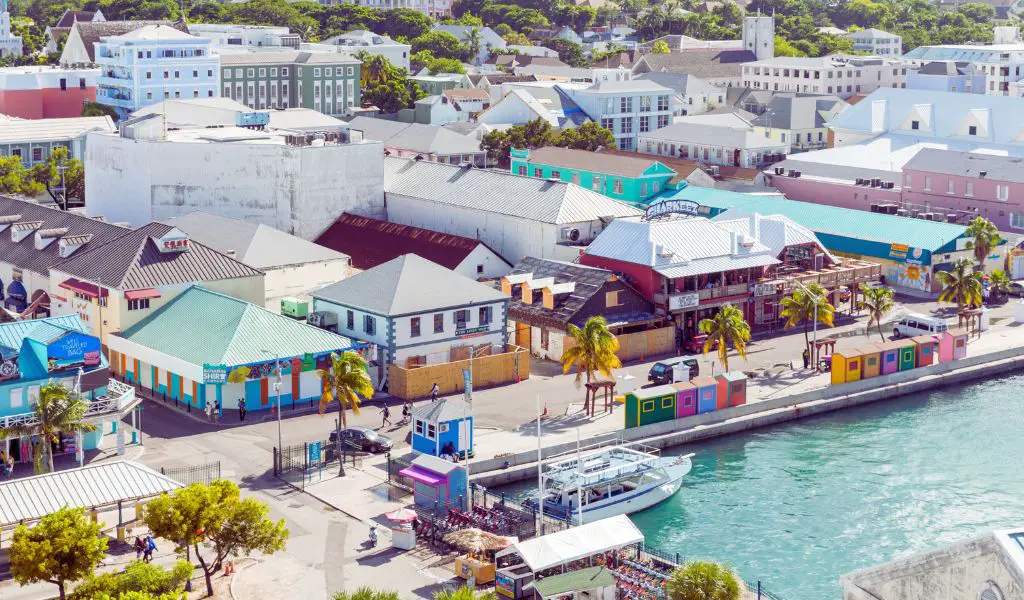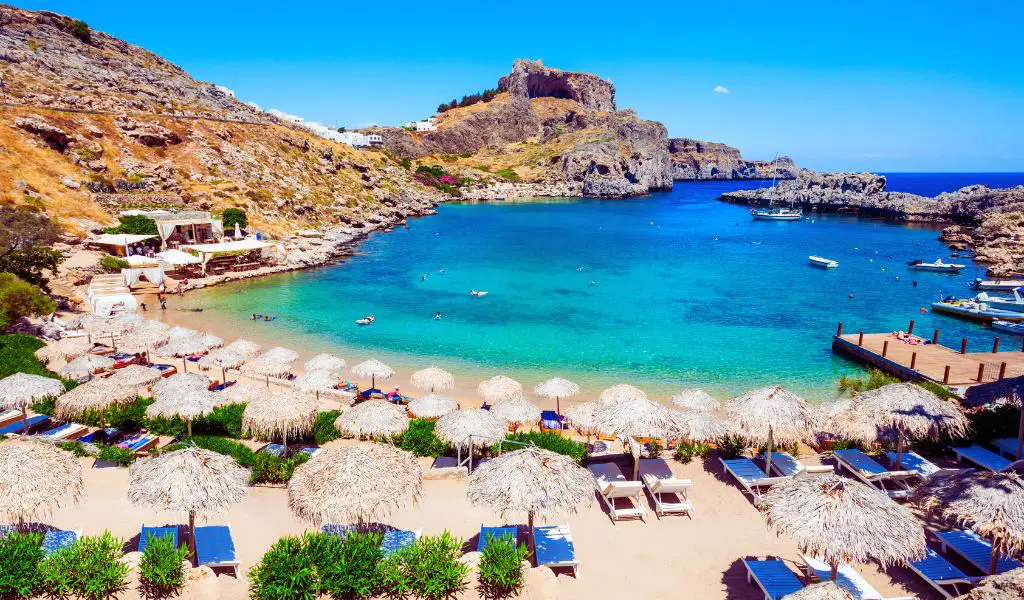Mahé is the largest island in the Seychelles archipelago, located in the Indian Ocean off the eastern coast of Africa. This tropical paradise boasts a diverse landscape, ranging from pristine beaches to lush mountainous regions. The island’s granite peaks, Morne Seychellois being the highest, offer a dramatic backdrop to its white sandy shores.
Geography
The island is home to the capital city of Victoria, which, despite its small size, is bustling with activity.
Victoria is known for its colonial architecture, vibrant markets, and the iconic clock tower, a replica of the Little Ben clock in London.
Mahé’s coastline is dotted with over 60 stunning beaches, each offering a unique experience.
From the popular Beau Vallon to the more secluded Anse Major, there’s a beach for every type of traveler.
The island’s interior is just as captivating with its dense forests, cascading waterfalls, and diverse flora and fauna.
History
Historically, Mahé played a significant role in the spice trade, and remnants of this era can still be seen today.
The Seychelles National Botanical Gardens in Victoria is a testament to the island’s rich botanical heritage, showcasing a variety of indigenous and exotic plants.
Activities
For those interested in water activities, Mahé offers a plethora of options.
The surrounding coral reefs make it an ideal spot for snorkeling and diving, with many dive sites teeming with marine life.
Additionally, the island’s warm waters are perfect for sailing, fishing, and kayaking.
Population
The population of Mahé is diverse, reflecting its rich history of settlers and traders from various parts of the world.
Creole, a blend of African, European, and Asian influences, is the dominant culture, and this melting pot is evident in the island’s traditions, music, and cuisine.
When to Go
The best time to visit Mahé is during the cooler months between May and October.
During this period, the southeast trade winds bring cooler, drier weather, making it ideal for outdoor activities and beach outings.
How to Get There
Mahé is accessible via the Seychelles International Airport, located near Victoria.
The airport caters to numerous international flights, making the island easily reachable from major cities around the world.
Once on the island, there are various transportation options, including car rentals, buses, and taxis.
Highlights
Beau Vallon Beach: A popular spot known for its clear waters and water sports.
Morne Seychellois National Park: A haven for hikers and nature lovers, offering panoramic views of the island.
Seychelles National Botanical Gardens: A showcase of the island’s rich botanical heritage.
What You Should Know
English, French, and Creole are the official languages of Mahé.
The Seychellois Rupee (SCR) is the official currency.
While Mahé is generally safe for tourists, it’s always advisable to take standard precautions, especially when visiting remote areas.
FAQs about Mahé
Is Mahé suitable for family vacations?
Absolutely! Mahé offers a range of family-friendly activities and accommodations suitable for travelers of all ages.
Are there any endangered species on the island?
Yes, Mahé is home to several endemic species, some of which are endangered. Efforts are being made to conserve and protect these species and their habitats.
Can I rent a car on the island?
Yes, there are several car rental agencies on Mahé. Driving is on the left side of the road, and an international driving permit is recommended for foreign visitors.




